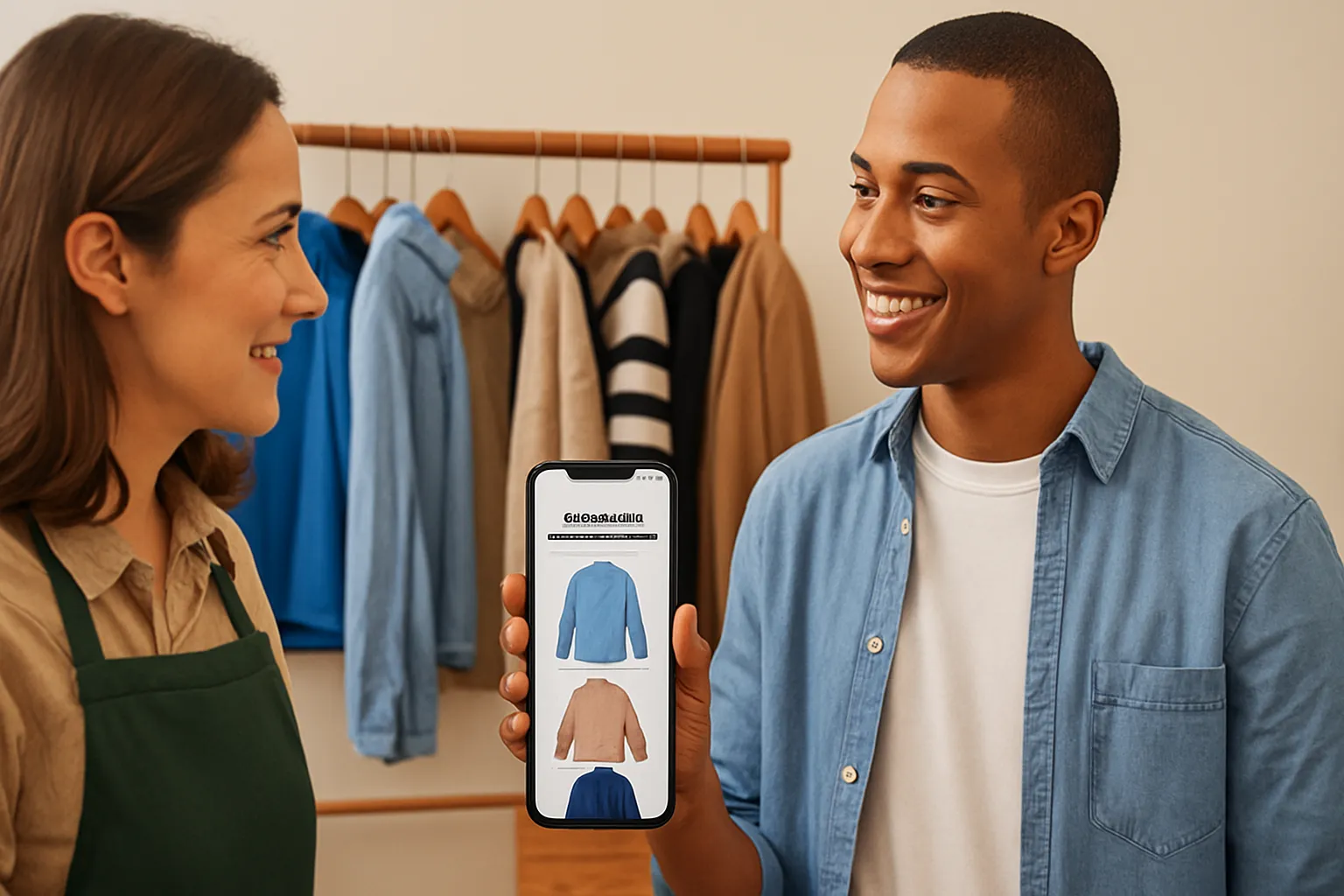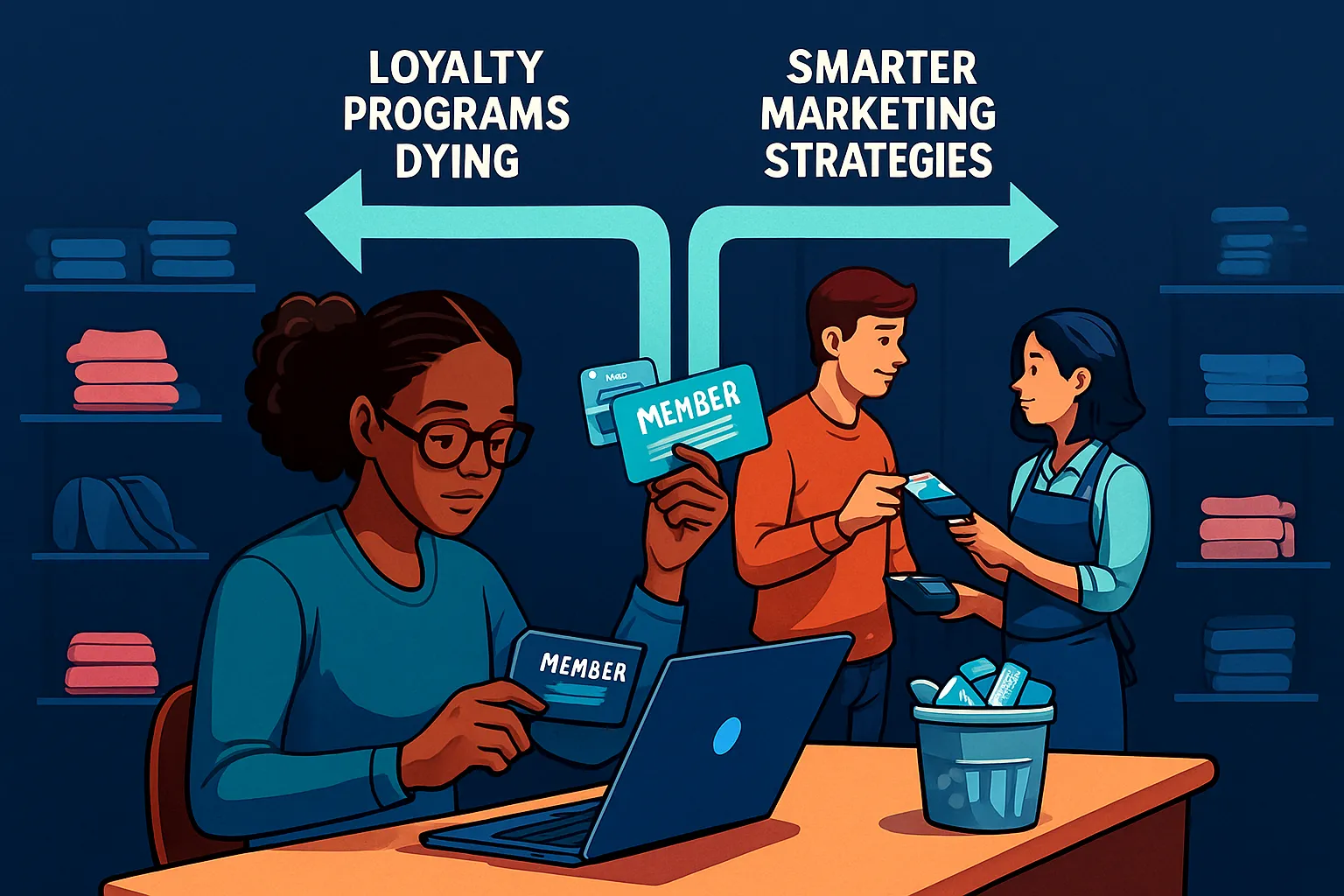Traditional Loyalty Programs Lose Power in a Saturated Market
For decades, loyalty programs were marketed as the golden ticket to customer retention. Airlines offered miles, retailers promised points, and coffee chains handed out digital stamps. At first, these systems generated excitement. Customers felt rewarded for their purchases, and companies enjoyed the illusion of building lasting relationships. Today, that illusion is fading. Saturation has diluted the appeal of points and discounts, leaving customers indifferent to rewards that once seemed enticing.
Executives and marketers now face a sobering reality. The average consumer belongs to multiple programs, yet engages meaningfully with very few. Discounts feel repetitive, points expire before they can be redeemed, and rewards often lack genuine value. In many industries, loyalty programs have become predictable background noise rather than true differentiators. What was once considered an innovative strategy has begun to look like a relic of a different era. The decline of traditional loyalty programs forces leaders to ask an urgent question: if these tools no longer inspire commitment, what will take their place?
Modern Customers Demand Value Beyond Discounts

Today’s consumers are surrounded by choice and bombarded with offers. They can switch between brands with a swipe, compare prices instantly, and read reviews that expose empty promises. In this environment, a coupon or a set of points rarely secures loyalty. Customers have grown skeptical of generic perks, expecting brands to deliver value that goes deeper than transactional rewards.
For leaders and marketers, the shift is unmistakable. Shoppers want relevance, authenticity, and experiences that feel tailored to their needs. They are more likely to trust a brand that remembers their preferences, acknowledges their values, and demonstrates consistency across touchpoints. A predictable discount does little to build trust, while a personalized interaction creates a sense of recognition.
This demand reflects a broader cultural change. Consumers no longer separate product from experience. They want seamless service, ethical practices, and engagement that feels meaningful. Marketers who continue to rely solely on discounts risk being left behind, as audiences gravitate toward brands that offer a mix of utility, transparency, and emotional connection. Loyalty today is no longer given in exchange for points. It must be earned through genuine value delivered at every step of the customer journey.
Experience Becomes the New Currency of Loyalty

The brands that are thriving in this new environment share one common trait: they invest in experiences rather than in points. Customers are drawn to companies that create moments worth remembering, whether it is a frictionless checkout process, a responsive customer support interaction, or an immersive community event. Experiences generate stories, and stories are what customers share with peers, amplifying the brand’s reach far more effectively than a traditional rewards program ever could.
Marketers recognize that experience has become the new currency of loyalty. A customer who feels valued after a well-handled complaint is often more loyal than one who passively collects points. A shopper who participates in a branded community or receives an exclusive preview feels connected in ways that discounts cannot replicate. Leaders are discovering that emotional resonance drives long-term retention more effectively than transactional incentives.
This shift redefines loyalty as an outcome of engagement rather than accumulation. It demands that companies rethink their investments, channeling resources into customer journeys that feel seamless, personalized, and memorable. In this emerging model, loyalty is no longer purchased with points but earned through experiences that make customers feel seen, respected, and understood.
Personalization and Data Replace Points and Coupons

The decline of traditional loyalty programs has coincided with the rise of data-driven marketing. Instead of offering the same coupon to every customer, companies now use artificial intelligence and analytics to craft personalized interactions. Recommendation engines suggest products based on browsing history, predictive models anticipate needs before they are voiced, and targeted messages arrive at just the right moment. This shift makes loyalty feel less like a game of accumulating points and more like a relationship shaped by relevance.
Executives and marketers embrace this transformation because it aligns efficiency with impact. Personalization ensures that marketing spend is directed toward offers with the highest chance of conversion, while customers experience fewer irrelevant distractions. The payoff is a perception of care and recognition. A customer who receives a timely offer tailored to their habits feels understood in a way no generic discount could achieve.
The new logic of loyalty rests on data as its foundation. Every click, purchase, and interaction feeds the system, refining the ability to deliver messages that resonate. Loyalty in this context is not manufactured through external rewards but cultivated through a brand’s ability to anticipate and respond to individual needs at scale.
The Tension Between Transactions and Relationships Shapes Marketing Strategy

The evolution of loyalty exposes a deep tension in modern marketing. On one side, companies pursue transactional efficiency, using algorithms to drive repeat purchases and maximize short-term revenue. On the other side, customers increasingly expect genuine relationships, where trust, relevance, and shared values shape their attachment to a brand. This conflict defines the strategic challenge for leaders today.
Marketers who focus exclusively on transactions risk reducing customers to data points. The immediate gains may look promising, yet the long-term consequence is fragility. Competitors with more compelling offers can lure customers away in seconds. At the same time, organizations that emphasize relationships must invest heavily in experiences, storytelling, and human engagement. The returns are harder to measure in the short term but build resilience over time.
The dialectical tension is clear. Loyalty cannot be secured solely through transactions, nor can it survive without a foundation of value exchange. The strongest strategies recognize the need to balance efficiency with authenticity. Successful marketers are those who manage to integrate performance-driven tactics with initiatives that foster connection. This delicate equilibrium will determine which brands endure in an age where loyalty is more contested than ever.
From Rewards to Relevance: Building Smarter Loyalty for the Future

The decline of traditional loyalty programs marks the end of an era where points and discounts were seen as sufficient to hold customer attention. Modern audiences expect more than token rewards. They look for relevance, personalization, and experiences that reflect their values. Loyalty is no longer bought through transactions but earned through meaningful engagement that proves the brand understands its customers.
For leaders, the challenge is strategic. The future of loyalty depends on building ecosystems where technology amplifies human connection rather than reducing it. Data and personalization provide the tools, but it is the commitment to authenticity and experience that determines long-term success. Marketers who cling to outdated programs will continue to see diminishing returns. Those who embrace smarter strategies rooted in relevance will find that loyalty, once elusive, becomes a natural outcome of consistent and thoughtful engagement.
What is AI market research?
It’s the use of AI to analyze consumer opinions, behaviors, and patterns—turning raw conversations, surveys, and data into actionable insights.
How does Converse-in-Q support market research?
Converse-in-Q is a conversational AI that engages users in natural dialogue, detects sentiment, and provides instant dashboards for concept tests, brand equity, and segmentation.
How does BuzzPulse-in-Q help track e-reputation?
It monitors online chatter, social media, and forums to detect sentiment shifts, identify crisis signals, and guide brand positioning with real-time analytics.
Can AI replace traditional focus groups?
Not fully, but HiVox-in-Q offers online focus group automation, making qualitative research scalable, faster, and richer in behavioral insights.
How reliable are AI models in market research?
Our models are trained on multilingual datasets and validated against real-world studies, ensuring robust accuracy in both qualitative and quantitative research.
Do FMCG companies use AI market research?
Yes—FMCGs are the largest investors in consumer research. They use our AI solutions for product testing, advertising evaluation, segmentation, and equity tracking.
References
- Why Loyalty Programs Fail – Harvard Business Review
- Why Customer Loyalty Programs Can Backfire – Harvard Business Review
- 11 Loyalty Program Mistakes and How You Can Avoid Them – LoyaltyLion
- Why Traditional Loyalty Programs Are Failing and How Blockchain Is the Solution – GrowthRocks
- The Loyalty Crisis: Why 75% of Your Customers Are One Better Offer Away – Tealium
- https://h-in-q.com/analytics/



